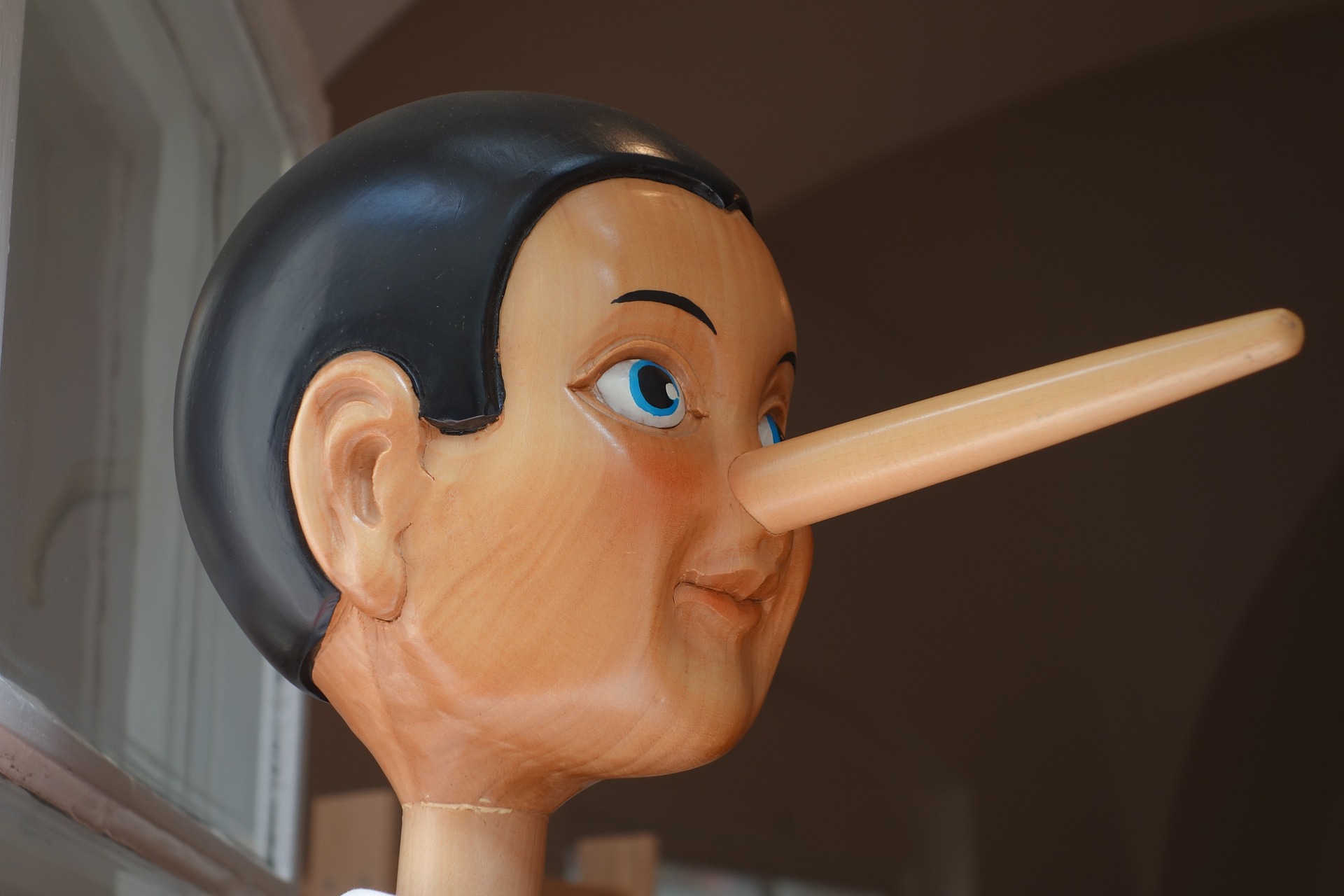Born in London, England, on October 31, 1795, John Keats, English Romantic poet, devoted his short life to the perfection of poetry marked by vivid imagery, great sensuous appeal and an attempt to express a philosophy through classical legend. In 1818 he went on a walking tour in the Lake District. His exposure and overexertion on that trip brought on the first symptoms of the tuberculosis, which ended his life.
John Keats took his place among the great English poets in the narrow space of six years. He was twenty when he first had a poem published in 1816, twenty-one when a first volume of his poetry appeared, and twenty-two when the second followed.
In the same year his work was ferociously attacked in the press and his young brother Tom died of tuberculosis; and at the same time he fell in love with Fanny Brawne, with no prospect of marriage. His health was never good. Yet an annus mirabilis followed, in the course of which he wrote a series of master works that included “The Eve of St Agnes”, ‘La Belle Dame sans Merci’ Lamia, the long fragment of Hyperion and the great odes. All were published in July 1820, in his third and last volume. By now he knew himself to be dying. In September he set off for Italy, with no real hope that the warm climate would save him.
In Rome he wrote no more. He died on 23rd February 1821, at the age of twenty-five, asking that his tomb should be marked with the bitter words “Here lies one whose name was writ in water”.
According to Edward Hirsch, “John Keats’s poems and letters were for me—the portals of poetry itself, the highly decorated doors through which one passed into a magisterial kingdom, a realm of pure feeling, passionate thought “.
Keats wrote to Benjamin Bailey in November 1817, “What the imagination seizes as beauty must be truth.” Edward Hirsch writes further of Keats,
“So many of Keats’s formulations are like a bell, a trumpet call, leading us to our deepest most imaginative selves. “
Poem:
On The Sea
Keats wrote this poem in 1817 when he was staying at the Isle of Wight. It was included in his letter of 17th April to John Hamilton Reynolds. In this letter, he writes about Shakespeare and the beauty of the landscape surrounding him.
From want of regular rest, I have been rather narvus – and the passage in Lear – “Do you not hear the sea?” – has haunted me intensely.
On the Sea.
It keeps eternal Whisperings around Desolate shores, and with its mighty swell Gluts twice ten thousand Caverns; till the spell Of Hecate leaves them their old shadowy sound. Often ’tis in such gentle temper found
That scarcely will the very smallest shell
Be moved for days from whence it sometime fell
When last the winds of Heaven were unbound.
O ye who have your eyeballs vext and tir’d
Feast them upon the wideness of the Sea
O ye whose Ears are dinned with uproar rude
Or fed too much with cloying melody –
Sit ye near some old Cavern’s Mouth and brood
Until ye start as if the Sea Nymphs quired .
In the same letter he writes:
I find that I cannot exist without poetry – without eternal poetry – half the day will not do – the whole of it – I began with a little, but habit has made me a Leviathan – I had become all in a Tremble from not having written anything of late – the Sonnet over leaf did me some good. I slept the better last night for it – this Morning, however, I am nearly as bad again –
Summary of the Poem On the Sea by John Keats:
The sea is alive, powerful and phenomenal. It is timeless, as it “keeps eternal whisperings around Desolate shores”. Not only does the sea keep constant vigil, it swells and surges with immense force:
“Gluts twice ten thousand caverns “,
This mighty tempest abates only when “Hecate” the moon sorceress breaks her spell and the caverns are left with the” old shadowy sounds”, faint echoes of lapping waves.
Yet, not always is the sea in its raw, elemental fury. Often, it seems to be as if in a “gentle temper”, a state as calm as will not move even the smallest shell from the place where it must have fallen, the last time that there was a fierce storm released by the winds of heaven. Such a sea, takes on a stillness that can’t displace the tiniest shell where it was brought by another, previous sea storm.
The reader whose eyeballs are “vexed and tired” is enjoined to “feast them upon the wideness of the Sea”, drawing attention to awareness of the sea as a restoring and rejuvenating force. For those whose ears are weary of ‘uproar rude”, such as the noise and clamour of daily life, the sounds of the sea have a soothing effect. And for those who are fed up to the ears with too much “cloying melody”—perhaps man-made music, can find in the natural sea sounds, a balm for such fatigue.
Keats enjoins the reader to “sit near some old cavern’s mouth and brood” until startled to his senses by the sound of sea nymphs singing as if in a choir.
Analysis of the Poem On the Sea by John Keats:
On the Sea is written in sonnet form. It contrasts the sublime power of nature and human suffering and hints at nature’s supernatural power. Keats offers an idealization of our relationship with nature through language and the imagination.
The youngest and the greatest of the romantics, Keats’s pulse-beats thrilled to the senses and he was irrevocably and irredeemably in love with Nature. In a letter written to Richard Woodhouse, he asserts:
“ A poet is the most unpoetical of anything in existence; because he has no Identity—he is continually in for and filling some other Body—The Sun, The Moon The Sea and Men and Women who are creatures of impulse are poetical and have about them an unchangable attribute—the poet has none; no identity…(October 27th, 1818)
In his poem, On the Sea, Keats illustrates his tremendous capacity for grasping the inner life—the innermost character—of things. The Sea becomes to us ‘the other’, personified and filled with the poet’s imagination. And in the process, something of its non-human, primitive power, is harnessed.
“It keeps eternal Whisperings around Desolate shores, and with its mighty swell Gluts twice ten thousand Caverns; till the spell Of Hecate leaves them their old shadowy sound.”
The use of “s” in capital gives a human dimension to the elemental Sea, which is nonetheless almost supernatural when set against human suffering. The reference to the Greco-Roman goddess Hecate emphasizes this quality of the supernatural. Keats could never set eyes on a tree, without also seeing a dryad. And so alongside the sea, sea nymphs are at hand too.
The Sea is at times gentle and still, in which state the smallest shell remains unmoved from its place. Now, it is as if it’s very calmness is alive and comforting to the human soul.
“Often ’tis in such gentle temper found
That scarcely will the very smallest shell
Be moved for days from whence it sometime fell
When last the winds of Heaven were unbound. “
The poet seems to point at the Sea as a life-affirming contrast to human life and its annoying problems. City life is vexing and cloying and only nature—here the Sea—can provide a few days respite to the tired senses. Not only that, but the soul is refreshed and the spirit lightened by a deep absorption in the Sea and its elemental rawness.
“O ye who have your eyeballs vext and tir’d
Feast them upon the wideness of the Sea
O ye whose Ears are dinned with uproar rude
Or fed too much with cloying melody –
Sit ye near some old Cavern’s Mouth and brood
Until ye start as if the Sea Nymphs quired . “
The last couplet hints again at the supernatural, healing effect of the sea, on one who contemplates on its vastness.
Poetic Devices:
On the Sea, is written in sonnet form and is comprised of fourteen lines. In the octave, is found the contrasts between a rough and a calm sea.
“It keeps eternal Whisperings around Desolate shores….old shadowy sound.”
The above lines denote the sea’s energy and immortality. We can see the use of hyperbole in:
“Gluts twice ten thousand Caverns;”
Alongside this hyperbolic figure of speech, there is also alliteration in the repetitive use of the consonant‘t’ in the aforesaid expression. The overall effect is of an enormous, untamed power. Keats revelled in the sensations of concrete things, seized and made real, by pure English diction and fine phrases.
There are also classical allusions to the goddess Hecate—Keats had a marvelling love for Greek mythology and had read Ovid’s Metamorphosis.
In the last four lines of the octave, the Sea is in a calm, meditative state.
“Often ’tis in such gentle temper found
That scarcely will the very smallest shell
Be moved for days from whence it sometime fell
When last the winds of Heaven were unbound.”
The repetitive use of‘s’ in the above lines gives a soft soothing effect, refreshing to all that sit by its vast expanse. The periphrasis of “Winds of heaven” adds to the overall ethereal aspect as well as do, the sea nymphs that call one to his senses, as if singing in a choir.
On the Sea, as a beautiful nature poem testifies to Keats principle of the beauty in all things and his ability to portray the inner essence of absolutely anything that delighted his senses.
Dear Readers- If this summary/analysis has helped you, kindly take a little effort to like or +1 this post or both. Make sure you like Beamingnotes Facebook page and subscribe to our newsletter so that we can keep in touch. We’ll keep informing you about stuffs that are really interesting, worth knowing and adds importance to you.
Some online learning platforms provide certifications, while others are designed to simply grow your skills in your personal and professional life. Including Masterclass and Coursera, here are our recommendations for the best online learning platforms you can sign up for today.
The 7 Best Online Learning Platforms of 2022
- Best Overall: Coursera
- Best for Niche Topics: Udemy
- Best for Creative Fields: Skillshare
- Best for Celebrity Lessons: MasterClass
- Best for STEM: EdX
- Best for Career Building: Udacity
- Best for Data Learning: Pluralsight














